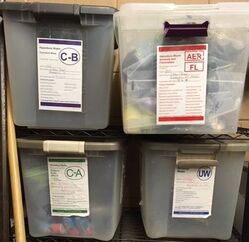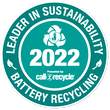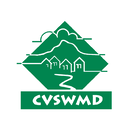Business, School, Municipal and Organizational Hazardous Waste
|
What does my Entity need to know about Hazardous Waste?
In general, any substance that would cause harm if released into the environment is considered a Hazardous Waste. This includes cleaning products, automotive fluids, pesticides, make-up remover, painting products and more. Waste should be treated as hazardous if it exhibits one or more of four hazardous waste characteristics:
|
Does my entity generate Hazardous Waste? |
Some entities generate hazardous waste in notable quantities, such as dry cleaners or auto body shops. However, most entities generate small quantities of hazardous waste (cleaning products, painting products, etc.) Any amount of hazardous waste generated by a non-residential entity, however small the amount, needs to be registered and handled according to specific safety handling requirements.
Entities that generate small amounts of incidental hazardous waste are Very Small Quantity Generators (VSQGs). VSQGs tend to be small entities that produce limited amounts of hazardous waste, and are consequently subject only to basic hazardous waste handling requirements. |
What is a Very small Quantity Generator (VSQG)? |
To be considered a VSQG, an entity must:
|
How do I register as a VSQG? |
In order to dispose of hazardous waste, your entity must be registered with the VT Department of Environmental Conservation (DEC) and hold an EPA Site Identification Number (often referred to as a “VSQG number.”) Click here to register as a VSQG, or call 802-522-0261.
|
How do I dispose of hazardous waste as a VSQG in central Vermont? |
The Central Vermont Solid Waste Management District (CVSWMD) offers special collections between spring and fall every year. Collections are open to residents and VSQGs member towns only.* More info on Household Hazardous Waste. VSQGs bringing hazardous waste to these events must have their EPA Site Identification Number, and must pre-register (no later than 1 week prior to the event) by contacting the CVSWMD HHW Program Coordinator at 802-229-9383 ext.115. Alternately, a VSQG could hire a licensed HHW contractor, to remove waste.
|



